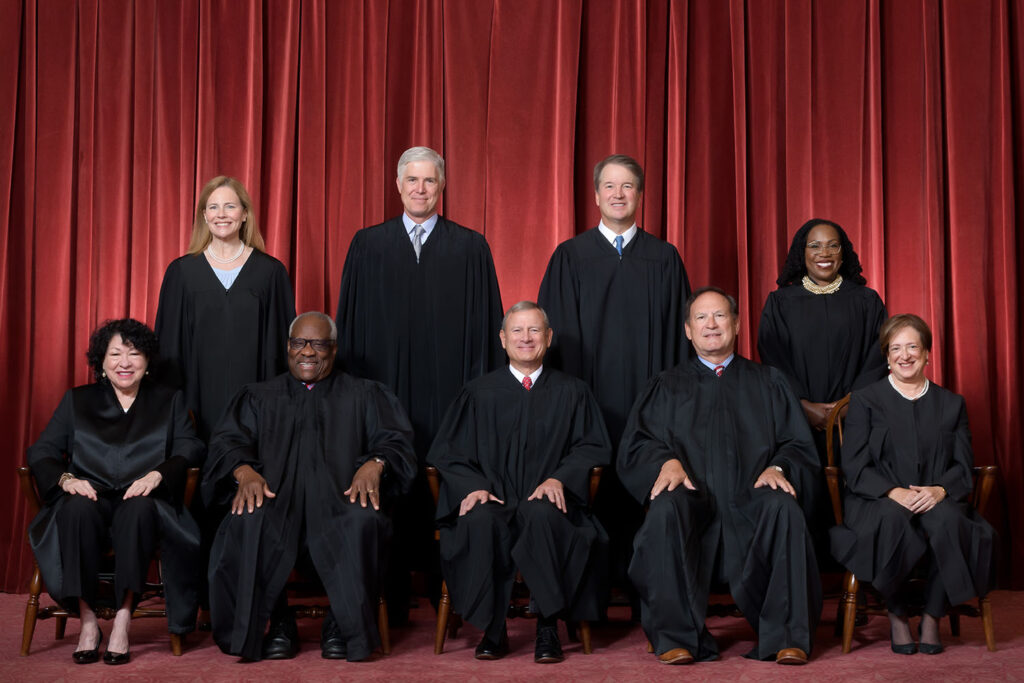Why Work With a Federal Crime Attorney: Protect Your Civil Liberties with Expert Legal Aid
Why Work With a Federal Crime Attorney: Protect Your Civil Liberties with Expert Legal Aid
Blog Article
Demystifying the Process of Federal Appeals: What You Need to Know
Navigating the complex world of government allures can often feel like passing through uncharted waters for those unknown with the procedure. Comprehending the subtleties of appellate court territory, the details of submitting a notification of allure, offering an engaging quick, and making an influential dental debate are essential components that can considerably impact the outcome of a case. By unraveling the layers of complexity surrounding government allures, people can get a clearer insight into the devices that control this essential phase of the lawful system.
Comprehending Federal Appeals Process
Exploring the detailed world of the federal charms process introduces a methodical and structured trip via the judicial system. Federal charms function as a crucial device for examining decisions made by lower courts. Recognizing this procedure is vital for anybody involved in lawful procedures at the federal degree.
The procedure generally starts with a celebration dissatisfied with a reduced court's ruling filing a notification of appeal. This triggers a testimonial by a higher court, where a panel of courts analyzes the legal arguments provided by both parties. Briefs laying out the legal thinking behind each celebration's placement are submitted, and dental disagreements may be heard to clear up complex concerns.
The appellate court's choice is based on a complete assessment of the lower court's proceedings and the arguments offered. When the appellate court reaches a decision, it can attest, turn around, remand, or modify the reduced court's judgment, offering clarity and finality to the lawful conflict.
Appellate Court Jurisdiction Explained
Appellate court jurisdiction refers to the range of instances that a particular appellate court has the power to evaluate and choose upon. Unlike test courts that hear instances for the first time, appellate courts are restricted to assessing decisions made by reduced courts.
Appellate courts have jurisdiction over particular kinds of cases, commonly those involving lawful mistakes, procedural problems, or inquiries of law as opposed to valid disputes. The jurisdiction of appellate courts is normally outlined in statutes and legislations that control the court system. Understanding appellate court jurisdiction is vital for parties associated with the charms procedure as it establishes whether a case is eligible for evaluation and the level to which the appellate court can interfere in the reduced court's decision.
Filing a Notification of Allure
The first step in commencing the federal charms process includes submitting a Notification of Allure with the ideal appellate court. This crucial document formally notifies the court and the other parties associated with the situation that the appealing celebration means to seek an evaluation of the lower court's decision. Filing a Notice of Appeal is a strict procedural requirement that sets the appellate procedure moving.
When preparing the Notification of Allure, it is vital to ensure conformity with the details regulations and standards of the pertinent appellate court. federal appeal lawyers. The record has to commonly consist of info such as the situation name, the lower court's name, the day of the judgment being appealed, and a succinct declaration indicating the grounds for the allure

Instruction and Oral Disagreement
In the appellate procedure, providing created briefs and participating in oral debates play pivotal functions in advocating for the appealing event's setting prior to the appellate court. Briefs are thorough legal papers that outline the celebrations' debates, legal authorities, and evaluation supporting their positions. These composed entries give the court with a thorough understanding of the realities of the situation, the appropriate legislation, and why the appealing celebration believes the reduced court's decision should be reversed.
Complying with the entry and evaluation of the briefs, dental arguments offer the celebrations an opportunity to additional clarify their positions, deal with any questions the appellate judges might have, and highlight bottom lines from their composed briefs. Oral disagreements are an opportunity for the attorneys to convince the courts via spoken advocacy and actions to queries from the bench.
Both the written briefs and oral disagreements are important components of the appellate process, allowing events to present their instance thoroughly and compellingly before the appellate court. - federal appeal attorneys
Receiving the Appellate Court Decision
Upon conclusion of dental debates and submission of composed briefs, the following critical phase in the appellate procedure involves waiting for the crucial judgment from the appellate court. This period of anticipation can be full of a mix of stress and anxiety and expect events associated with the allure. The appellate court's choice is commonly supplied in a written style and describes the court's verdicts on the legal issues offered, the thinking behind their choice, and the judgment made. The moment structure for receiving the appellate court's decision can differ, however courts strive to provide prompt resolutions. Once the choice is issued, parties must very carefully evaluate the court's judgment to comprehend the result and figure out any kind of additional actions that may be necessary. Whether the appellate court attests, turns around, or remands the reduced court's choice, recognizing the implications of the judgment is vital for all celebrations associated with the appellate process. For that reason, promptly evaluating and understanding the appellate court's decision is essential in browsing the following steps in the legal procedures.
Conclusion
To conclude, the government allures procedure is a complicated yet vital action in looking his comment is here for justice. Understanding the appellate court territory, submitting a notice of appeal, preparing briefs, and providing dental debates are all important parts of this procedure. Inevitably, receiving the appellate court choice can supply clarity and resolution to legal conflicts. It is crucial to navigate the federal appeals procedure with diligence and focus to detail to attain a fair result.
As we proceed from recognizing the government charms procedure to studying the complexities of appellate court jurisdiction, a basic aspect comes to light concerning the authority and restrictions of these higher courts in the legal landscape. Appellate court jurisdiction refers to the scope of cases that a particular appellate court has the power to assess and make a decision upon. Unlike trial courts that listen to situations for the first time, appellate courts are limited to reviewing decisions made by reduced courts. Understanding appellate court jurisdiction is crucial for events involved in the charms procedure as it determines whether a case is qualified for review and the extent to which the appellate court can intervene in the lower court's decision.

Report this page